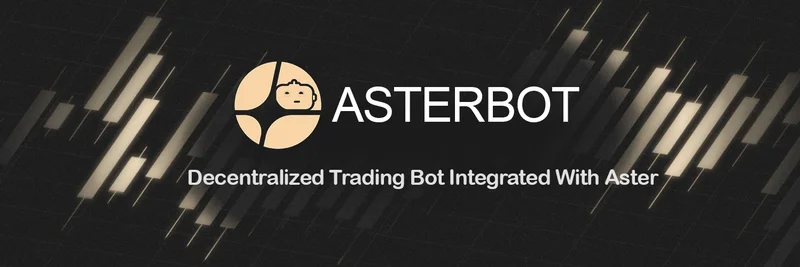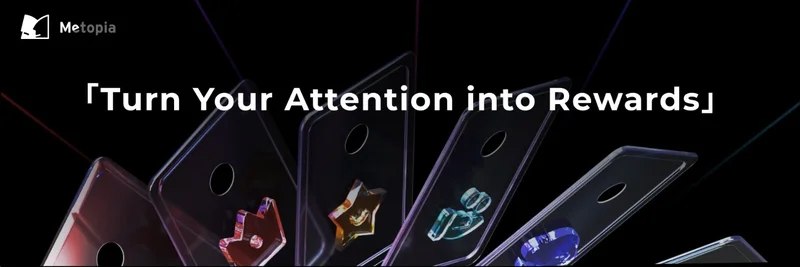ASTERBOT (BEP-20) at 0x6089413f53a1f239e934d911d7bb64d96fb8b306 has very limited publicly verifiable information as of now. If you’ve come across this ticker on social feeds or group chats, treat it as a work-in-progress lead that requires extra scrutiny. Below is a concise, practitioner-friendly guide to what we know, where confusion can arise, and how to investigate safely.
At a glance
- Chain: BNB Chain (BEP-20)
- Contract: 0x6089413f53a1f239e934d911d7bb64d96fb8b306
- Public data gaps: No clear, verified profile on major aggregators or an established token page on the primary explorer at the time of writing.
- Risk level: Unknown. Multiple similarly named tokens exist across chains, which can lead to mix-ups.
Why there’s confusion around “ASTERBOT”
Several similarly named tokens are floating around, often on different chains or with different contract addresses:
- ASTERNAUT / ASTERBOT on Solana: A meme-style token tracked on Solana tools and DEXs. Different blockchain, different standards.
- “Asteroid Bot” (ASTEROIDBOT) on BNB Chain: Listed elsewhere with a different contract address, not the one above.
- Other “Aster Bot” variants on BNB Chain: Also at other addresses, with small holder counts and low activity.
Bottom line: The name alone is not enough. Always match the exact contract address before you act.
What we could (and couldn’t) verify
- The address 0x6089413f53a1f239e934d911d7bb64d96fb8b306 exists on BNB Chain, but there’s no widely recognized, verified set of token details (such as a robust explorer profile, established tokenomics, or official project links) tied to it at the time of writing.
- This may mean the token is newly deployed, inactive, abandoned, or simply not promoted on mainstream data sources.
Because data is sparse, any trading or interaction should be considered high risk until you verify more evidence.
A practical due diligence checklist
Use these steps to build your own conviction:
- Confirm the contract
- Check the token page on the chain explorer by pasting the address into BscScan. Look for:
- Contract source verification status.
- Holder distribution (are there outsized whale or deployer allocations?).
- Recent transactions and deployer history.
- Look for official channels
- Search for a website, GitHub, Twitter/X, Telegram, or Discord referenced by credible sources. The project should clearly pin and repeatedly share the exact BNB Chain contract address.
- Inspect liquidity and pairs (if any)
- If a DEX pair exists, check whether liquidity is locked and for how long. Thin or unlockable liquidity is a red flag.
- Validate taxes and transferability before you trade to avoid honeypots or excessive fees.
- Cross-check aggregators
- See if reputable trackers list the same address with consistent metadata. Inconsistencies across tools and listings can signal impersonation or stale data.
- Review the code and permissions
- If the contract is verified, scan for owner powers (e.g., ability to change fees, blacklist, mint).
- Keep token approvals minimal and revoke unused approvals regularly using a trusted revoker.
- Gauge community and transparency
- Healthy projects share regular updates, audits (if any), and clear roadmaps.
- Beware of hype without substance, paid shills, or fake followers.
Trading and tracking options
Because discoverability is low for this specific contract, you should confirm whether a legitimate trading pair actually exists before attempting any swap.
- Token analytics and tracking:
- View a dedicated page for this address on GMGN.AI for real-time on-chain activity, smart money tracking, and security checks.
- Decentralized exchanges:
- If and when a verified BNB Chain pair exists, you can check popular DEXs like PancakeSwap. Always paste the exact contract address to avoid lookalikes.
- Additional research tools:
- BscScan for contract, holders, and transaction history.
Tip: Never rely on token names in a DEX search bar. Always paste the contract address you trust and confirm it matches across multiple sources.
Red flags to watch for
- Multiple similarly named tokens that are not the same contract.
- No verified contract source or opaque owner privileges.
- Sudden name changes or metadata edits that don’t match official comms.
- Illiquid or unlockable liquidity pools.
- Social channels that refuse to post the exact contract address or that push you to buy via random links.
The bottom line
ASTERBOT at 0x6089413f53a1f239e934d911d7bb64d96fb8b306 currently lacks verifiable, public-facing information. That doesn’t automatically make it malicious—but it does mean you should move carefully, verify everything twice, and avoid committing funds you cannot afford to risk.
We’ll continue to monitor for credible updates. If official channels, audits, or verified listings emerge for this exact contract, they can materially change the risk profile. Until then, do your homework, confirm addresses, and use reputable tools to minimize avoidable mistakes.




